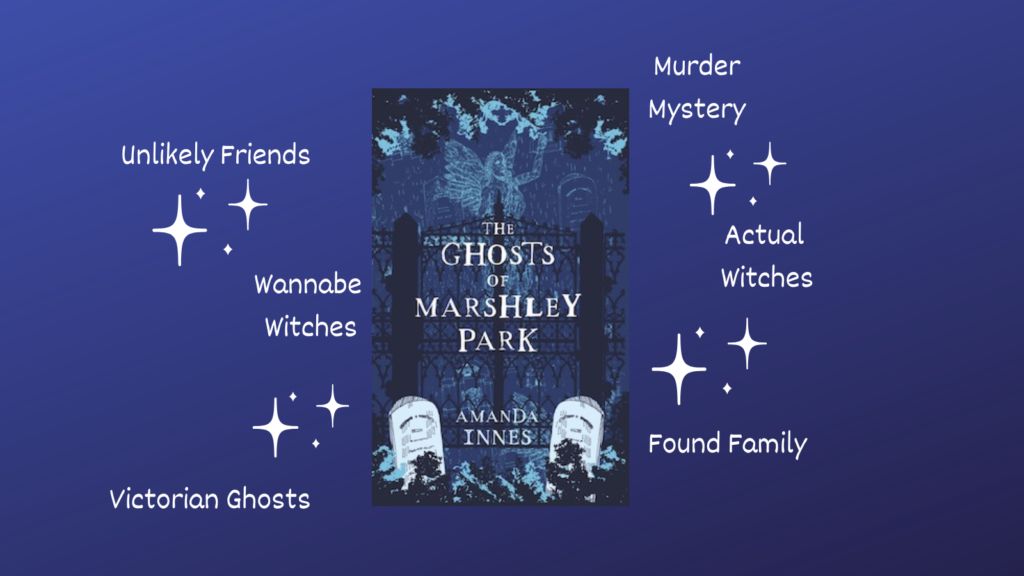The Tropification of Book Marketing
A year or so ago, I was encourage to make an “arrow chart” of each of my books. If you’re an author or reader, you know what this is: an image (often animatic) showing the book with a bunch of arrows describing the tropes in the story. I suck at this kind of thing, but I tried. (The animatic one for The Switchgrass Crown won’t play properly here, so I’m posting one for GoMP that doesn’t have arrows…)

This kind of thing continues to be popular as a shorthand for readers to find books they will hopefully like, but recently there has been some backlash regarding the way marketing has boiled books down to tropes rather than talking about the stories, characters, etc. TikTok in particular is cited as the “problem” (if you believe there is one), but I think this goes deeper.
When you think about how people find books to read—and if you’re an author, publisher, or marketer, you have to think about these things—you begin to realize a few things. 1. You have only a few seconds to grab a potential reader’s attention. Images do that faster than words. 2. Star ratings are no longer trusted or relied upon. After all, just because a lot of people like or dislike a book, not all readers have the same tastes, and most people have become savvy to the idea that ratings are often manipulated anyway. So while low ratings are still a problem, high ratings are not necessarily a draw.
How to address these things? 1. Give the reader an eye-catching image that condenses the book into easily digestible pieces of information (i.e., the tropes involved). Ideally, if that catches a reader’s interest, they will go look at the blurbs. (That is where they will find out about the actual story and characters; the arrow charts and other image-based marketing is simply the doorway, very like movie teaser posters in the subway.) 2. Find trusted sources to recommend the book. Yeah, now we’re back to TikTokkers and other “influencers.” This used to be the purvey of critics, but as the saying goes: “Everyone’s a critic.” And just as with critics of old, people find the influencers who match their tastes and trust their endorsements… At least until they sell out…
What I’m saying here is that I don’t think arrow charts and similar marketing tactics are a problem. They’re the solution to some problems that have been identified by authors and publishers. I doubt anyone will ever really trust ratings sites and systems again; they’re too vulnerable to manipulation and too subjective to give a real sense of whether a book (or other piece of media) is any good. Consumers look for fast ways to make decisions, and this form of marketing offers that information and opportunity. I guess, really, I need to get better at making cute marketing materials and work on being more active on TikTok.